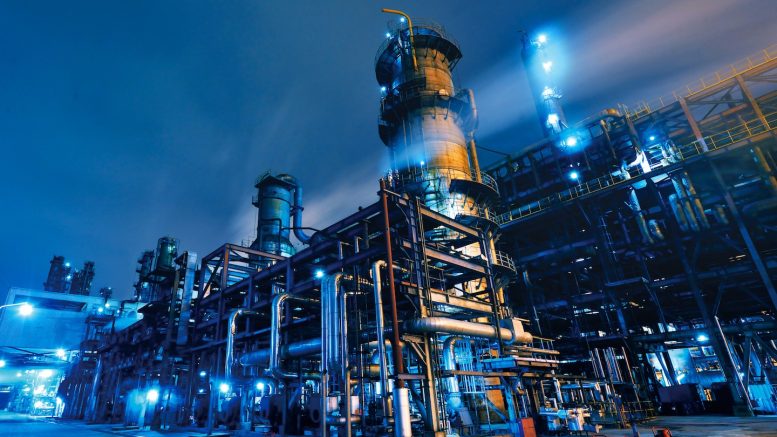Overview
Evolution is a slow process, but it is vital to bring new and advanced changes that make the execution of duties more effective. In the transport sector, evolution always appears as customer-centred: we work hard to enhance transparency, minimize cost, and reduce the time spent during the transportation of products. We strive to keep track of our goods in transit so we can react to our customers.
The reality is that the logistics industry needs to be innovative and adaptable to the new change, or else it will come obsolete. Having enough space to bend and make changes is the key to survival for any current, service-oriented logistics industry.
Below are seven pointers on how the logistics industry has changed for the better in recent years. Is your company taking advantage of these changes? If not, then it should start.
1. The emergence of 3PLs and 5PLs
There has been increased proliferation of third party logistics (3PL) and fifth party logistic (5PL) that has contributed to significant growth in the logistic market. 3PL is responsible for encompassing end-to-end logistic needs. It is one of the most significant advancements in logistic services, offering decreased procurement expenses and reduced delivery duration.
2. Integration of Smart Glasses and Drones
The use of smart glasses and drones in the transport industry has improved the flexibility and speed of delivery, enhancing the growth of the last mile logistics market. Also, the automation of self-drive vehicles and trucks has maintained reliability and same-day delivery in urban and rural areas.
3. Emerging of Blockchain Technology
Blockchain technology has enabled companies to failsafe contracts. The use of these advanced technology has empowered customers, suppliers, auditors, manufacturers, and others to have a transparent and efficient system during transacting, tracking records, and managing all the documents involved in the logistic process.
4. Emerging Technologies
Due to rapid modernization, new systems and tracking devices have been developed, moving the transport industry closer to full automation. Now, with the use of computers, the collection of data has become smooth and swift.
There has been the development of automation software. Just like this saying, if you are not moving, then you are standing. Innovation has become the pivotal part that now differentiates the 3PLs. For instance, consider a company like Uber, car for hire business has been into existence for so long, but after it designed a new interface, the market becomes more appealing and demanding. If your transport service provider is not looking to at least research the latest trend, then it is probably the perfect time to look for a new provider.
5. Mapping Technology
It is difficult to haphazardly mix and match technology in an environment that is dynamic as logistic services. The advanced API technology has rapidly replaced the ancient, antiquated, and rigid systems. Mapping technology has resulted in significant growth in transport demand as well as standardizing new tech. Trucks that haul large loads such as 20ft shipping container are now equipped with mapping software.
Previous navigation systems could have taken you to the doorstep, but rarely further. However, this has now become a thing of the past. Telecommunication giants like Google and Microsoft are now offering indoor maps at around 10,000 locations. Although Google dominates the market, there are viable alternatives that have no restrictions allowing the crowd to update the map.
City mapper is one of the many sustainable map systems that are commonly used in transport services.
6. Increase Demand for Drivers
The shortage of drivers is now old news, but it is not also going anywhere. While the trending news is filled with the latest and greatest innovations on tracking systems, the reality is that the widespread adoption and regulations won’t be there in the coming years, and potentially even in decades to come. The transport regulation body stands out to force small carriers to comply with the ELD mandate or exit the market. Therefore, ensure your 3LPs is well established, staffed, and ready to face market changes without affecting the shipments services.
7. Liability Concerns
Rules and regulations have been tightened on shippers to carry out a thorough vetting process while employing drivers. This has reduced the number of drivers in service, as only a few drivers have complied with FMCSA expectations. 3PLs who have been neglectful in hiring have contributed to ruining the profile of the leading 3PLs. Pending Cases in courts have turned out to be messy and even more apprehension about carriers looking to hire. It is, therefore, important for clients to make better choices to mitigate the risks in this volatile environment.
To Sum It Up
The above seven pointers are the most trends that have occurred in the transportation industry. Staying updated is a continuous effort, and essential too.



Be the first to comment on "7 Pointers How Logistics Industry Has Evolved Till Date"